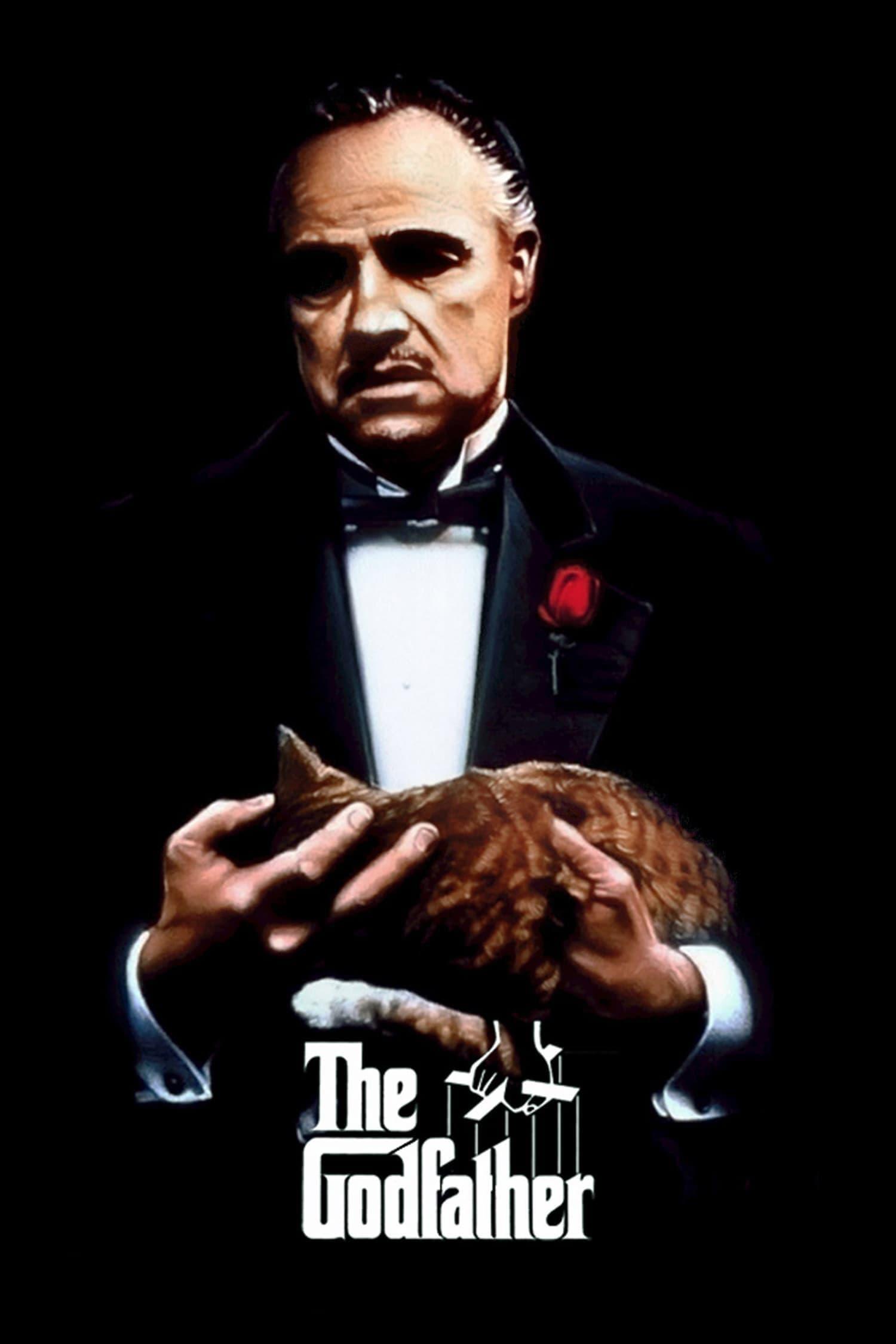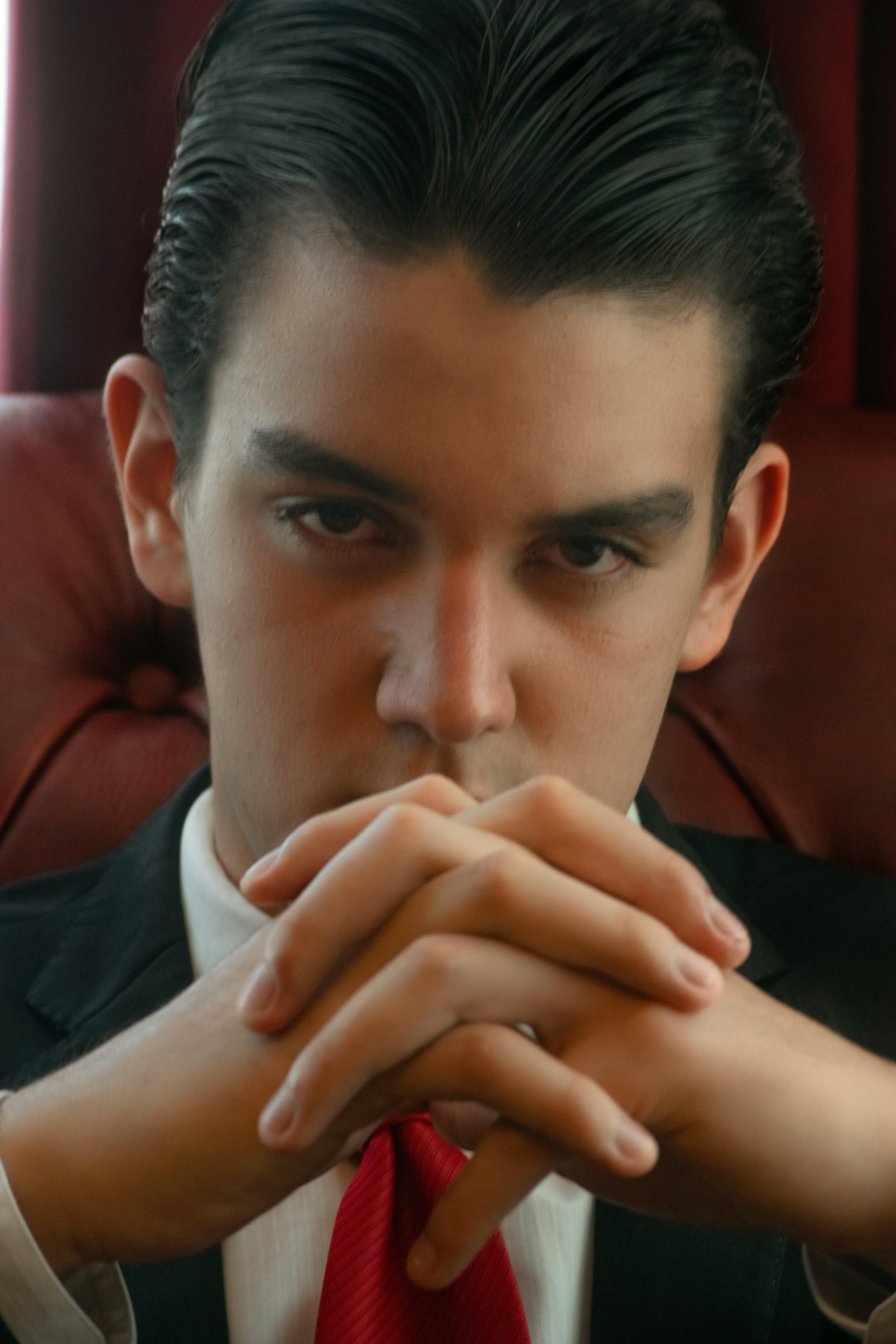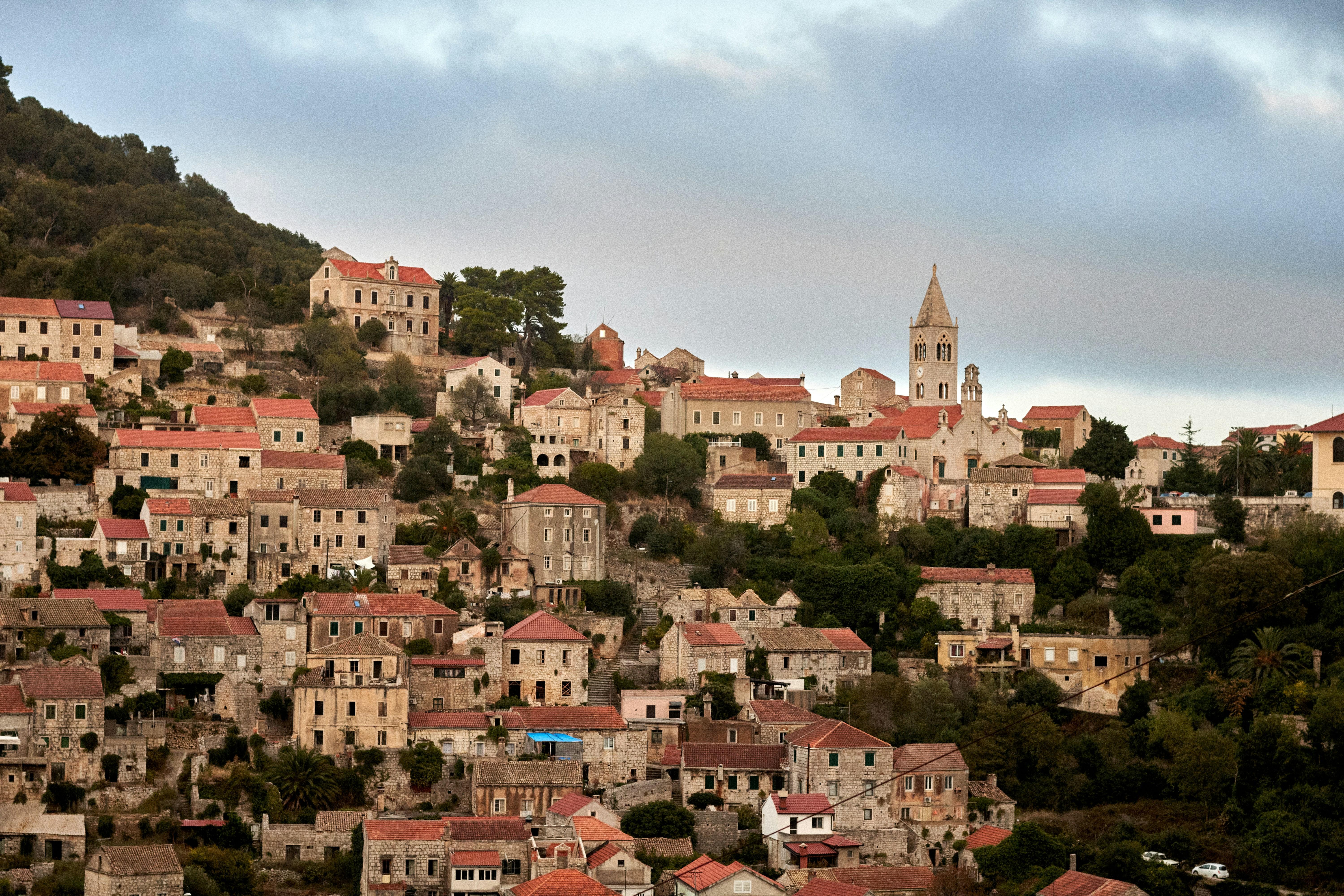“The Godfather,” a cinematic masterpiece directed by Francis Ford Coppola, has long been hailed as one of the greatest films in the history of cinema. Released in 1972, this adaptation of Mario Puzo’s novel not only captivated audiences with its compelling narrative and rich character development but also set a new standard for the crime genre. Despite its enduring reputation and widespread acclaim, the intricate layers and nuanced storytelling of “The Godfather” often warrant more than a single viewing to fully appreciate its depth and artistry. This article delves into the reasons why revisiting “The Godfather” can unveil hidden complexities and enrich one’s understanding of its thematic elements, directorial brilliance, and cultural impact, inviting both seasoned fans and newcomers to explore the film’s enduring legacy with fresh eyes.
Character Development and Nuanced Performances
The intricate layers of each character in “The Godfather” reveal themselves more vividly upon a second viewing, where the subtleties of their evolution become more apparent. Michael Corleone’s transformation from a reluctant outsider to the cold, calculated leader of the Corleone family is a masterclass in character development. Initially, Michael is portrayed as the idealistic war hero, yet the film meticulously charts his descent into the morally ambiguous world of his family’s business. Al Pacino’s performance is so nuanced that it’s easy to overlook the small gestures and expressions that hint at his internal conflict and gradual shift in allegiance.
The supporting characters also offer performances rich in detail and depth, contributing significantly to the film’s enduring appeal. Consider the subtle loyalty of Tom Hagen, the consigliere, whose quiet demeanor masks a steadfast dedication to the family. Key performances include:
- Vito Corleone: Marlon Brando’s portrayal is both imposing and tender, capturing the dichotomy of a feared mafia don who is also a loving father.
- Sonny Corleone: James Caan infuses Sonny with a fiery impulsiveness that underscores his tragic downfall.
- Kay Adams: Diane Keaton’s Kay offers a poignant perspective as an outsider gradually drawn into the family’s dark world.
Each character’s journey is carefully crafted and brought to life through performances that deserve to be revisited to fully appreciate their complexity and the actors’ dedication to their roles.
Cinematic Techniques and Visual Storytelling
In The Godfather, the intricate use of cinematic techniques elevates its narrative, transforming it into a visual masterpiece that warrants multiple viewings. Director Francis Ford Coppola employs a masterful interplay of light and shadow, reminiscent of film noir, to underscore the film’s themes of power and moral ambiguity. The strategic use of chiaroscuro not only enhances the mood but also serves as a metaphor for the duality of the characters’ lives. The camera work is equally compelling, with Coppola favoring long takes and wide shots that immerse the viewer in the lush, yet ominous world of the Corleone family.
Additionally, the film’s visual storytelling is amplified through meticulous set design and costume choices that reflect the era and the characters’ evolution. Consider the transformation of Michael Corleone, whose sartorial journey from a civilian suit to the somber attire of a mafia don visually encapsulates his internal metamorphosis. Key scenes such as the baptism sequence utilize cross-cutting to juxtapose innocence with violence, creating a poignant commentary on the dual nature of power. These elements, among others, form a rich tapestry of visual storytelling that invites viewers to delve deeper into the film’s layered narrative.
- Chiaroscuro lighting
- Long takes and wide shots
- Set design reflecting character evolution
- Cross-cutting techniques

Cultural Impact and Historical Context
Upon its release in 1972, The Godfather not only captivated audiences but also became a cultural touchstone that transcended the film industry. This cinematic masterpiece, directed by Francis Ford Coppola, delves deep into the Italian-American experience, offering a nuanced portrayal of family, power, and morality. Set against the backdrop of post-World War II America, the film reflects a time when traditional values were being questioned, and societal structures were undergoing significant change. The Godfather deftly captures the complexity of immigrant life, showcasing how familial loyalty often clashes with the pursuit of the American Dream.
- Influence on Modern Storytelling: The film’s intricate narrative structure and character development have set a benchmark for storytelling in cinema and television.
- Iconic Quotes and Scenes: Lines such as “I’m gonna make him an offer he can’t refuse” have permeated popular culture, becoming part of the collective lexicon.
- Legacy in Film and Beyond: Its impact is evident in the numerous homages and parodies across various media, underscoring its enduring relevance.
The historical context of the 1970s, marked by political upheaval and a shifting cultural landscape, further underscores the film’s themes of power dynamics and ethical dilemmas. The Godfather provides a lens through which to examine the era’s intricate social fabric, making it a rich subject for analysis and discussion. Its portrayal of the American experience, interwoven with elements of crime and familial bonds, continues to resonate with audiences today, inviting viewers to re-examine its layers and subtleties with each viewing.

Revisiting Themes of Power and Loyalty
The intricate dance between power and loyalty is at the heart of The Godfather, offering a compelling study of how these themes intersect and diverge. The film meticulously dissects the power dynamics within the Corleone family and their dealings with the outside world, portraying power not merely as an objective but as a complex web of relationships, obligations, and betrayals. The characters, from Vito Corleone to Michael, navigate this web with varying degrees of success and moral compromise, highlighting the delicate balance between maintaining authority and fostering loyalty.
- Power Struggles: The movie presents power as a double-edged sword. While it grants control and influence, it also invites challenges and threats. The Corleones’ quest to maintain dominance in the crime world showcases the precariousness of power, where every decision can shift the balance.
- Loyalty’s Complex Nature: Loyalty in The Godfather is multifaceted, portrayed both as a virtue and a potential vulnerability. The film delves into how characters pledge loyalty to family and allies, yet often face dilemmas that test their true allegiance.
By revisiting these themes, viewers can appreciate how the narrative uses power and loyalty not just as plot devices, but as fundamental forces driving the characters’ actions and the unfolding drama. This exploration invites reflection on the real-world implications of these dynamics, making The Godfather a timeless piece worthy of repeated analysis.
Wrapping Up
revisiting “The Godfather” offers a rich tapestry of cinematic artistry that extends far beyond its initial viewing. Its complex characters, intricate storytelling, and masterful direction by Francis Ford Coppola present layers of depth that often go unnoticed at first glance. By engaging with the film a second time, viewers can appreciate the nuanced performances, thematic intricacies, and the cultural impact it has had on both cinema and society. Whether examining its influence on the crime genre or exploring its reflections on power and family, “The Godfather” continues to reveal new dimensions with each viewing. This timeless classic not only stands as a pillar of film history but also invites audiences to delve deeper into its world, rewarding them with insights that enrich the overall experience.
